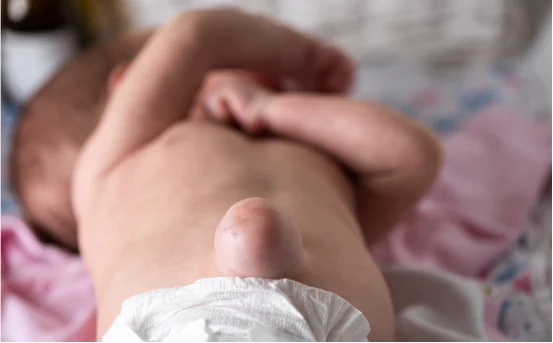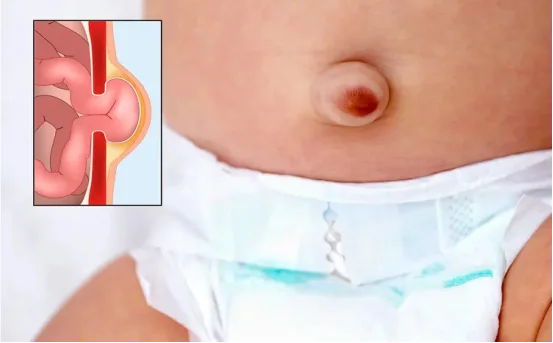Cholecystectomy, the surgical removal of the gallbladder, is one of the most commonly performed abdominal surgeries worldwide. The gallbladder is a small, pear-shaped organ located beneath the liver. Its primary role is to store bile—a digestive fluid that helps in the breakdown of fats. Although the gallbladder plays a supportive role in digestion, it is not an essential organ. When it becomes diseased or dysfunctional, especially due to gallstones or inflammation, removal becomes necessary.
Understanding Gallbladder Disease
Before identifying the symptoms that lead to cholecystectomy, it is important to understand what conditions affect the gallbladder. The most common include:
-
Gallstones (Cholelithiasis) :- Hardened deposits of bile that can block the bile ducts.
-
Cholecystitis :- Inflammation of the gallbladder, often due to gallstones.
-
Choledocholithiasis :- Gallstones that migrate into the common bile duct.
-
Gallbladder Polyps or Tumors :- Abnormal growths that may require removal.
-
Biliary Dyskinesia :- Poor functioning of the gallbladder without visible stones.
Any of these conditions can cause pain, digestive issues, or infection, leading to the need for surgery.
Key Symptoms for Cholecystectomy Surgery
Upper Abdominal Pain (Especially After Eating Fatty Foods)
The most common and early symptom of gallbladder disease is pain in the upper right side of the abdomen, often just below the rib cage. This pain may:
-
Be sharp, cramping, or dull
-
Radiate to the right shoulder or back
-
Last anywhere from 30 minutes to several hours
-
Appear after eating greasy, fatty, or large meals
This type of pain is often referred to as a gallbladder attack or biliary colic. When it becomes recurrent or severe, and lifestyle changes don’t relieve the discomfort, cholecystectomy may be advised.
Nausea and Vomiting
Nausea and vomiting are common in individuals with gallbladder disease, particularly during or after meals. The presence of gallstones or inflammation can interfere with digestion and bile flow, triggering digestive upset.
Persistent or worsening episodes, especially when linked to abdominal pain, may suggest that the gallbladder is not functioning correctly and needs removal.
Indigestion, Bloating, and Belching
Patients with gallbladder problems often report symptoms that mimic indigestion:
-
Frequent burping
-
Feeling bloated or full after small meals
-
Acid reflux or heartburn
-
Gas and abdominal discomfort
While these symptoms can be caused by many gastrointestinal conditions, their persistence and pattern—especially after eating rich or fatty foods—may be related to gallbladder dysfunction.
Fever and Chills
A fever, especially when accompanied by right-sided abdominal pain, is a red flag for acute cholecystitis—an infection or inflammation of the gallbladder. This condition requires urgent medical attention.
Fever and chills indicate that the gallbladder may be infected or that gallstones are causing a blockage, leading to inflammation. If left untreated, it can result in severe complications, including perforation or sepsis. Emergency cholecystectomy is often necessary in such cases.
Jaundice (Yellowing of the Skin or Eyes)
Jaundice occurs when a gallstone blocks the common bile duct, preventing bile from draining into the intestines. This leads to a buildup of bile pigments in the bloodstream, causing the skin and whites of the eyes to turn yellow.
This condition, known as choledocholithiasis, is serious and may be accompanied by:
-
Dark-colored urine
-
Pale stools
-
Itching
Cholecystectomy is often performed along with bile duct exploration to remove the stones and relieve the obstruction.
Clay-Colored Stools and Dark Urine
Changes in stool and urine color can be indirect signs of gallbladder issues:
-
Clay-colored stools indicate a lack of bile in the digestive tract due to bile duct blockage.
-
Dark or tea-colored urine is caused by increased bilirubin in the bloodstream.
These signs suggest impaired bile flow and may indicate the need for surgical intervention.
Pain That Worsens Over Time or Doesn’t Go Away
In the early stages of gallbladder disease, pain may come and go. Over time, however, it may become more frequent, more intense, and longer-lasting.
Chronic gallbladder disease may cause ongoing low-grade discomfort, and the risk of complications such as chronic inflammation or gallbladder wall thickening increases. Surgery is usually recommended at this stage to prevent future emergencies.
Unexplained Weight Loss or Poor Appetite
If gallbladder problems interfere significantly with digestion, patients may begin avoiding food due to fear of triggering pain or nausea. This can lead to unintended weight loss and nutritional deficiencies.
If these symptoms are persistent and linked with known gallbladder disease, cholecystectomy may be advised to improve quality of life and restore normal eating habits.
Recurrent Gallstone Episodes Despite Conservative Management
Many patients try to manage gallbladder issues with dietary changes or medications. While these strategies may help initially, they are not cures. If gallbladder attacks or discomfort continue despite conservative measures, surgery becomes the most definitive and long-term solution.
A cholecystectomy not only eliminates the immediate problem but also prevents complications such as bile duct obstruction, infection, or gallbladder rupture.
When to Seek Immediate Medical Help
Not all gallbladder symptoms require emergency surgery, but certain signs should prompt urgent evaluation:
-
Sudden, severe abdominal pain that doesn’t go away
-
High fever with chills and abdominal tenderness
-
Yellowing of the skin or eyes
-
Vomiting that doesn’t stop
-
Confusion or low blood pressure in severe cases
These symptoms could indicate acute cholecystitis, perforation, or sepsis—all of which require immediate surgical and medical management.
How Is the Diagnosis Confirmed?
Before proceeding with cholecystectomy, the surgeon or physician will confirm the diagnosis through a combination of:
-
Physical examination
-
Ultrasound of the abdomen (the most common and effective test for gallstones)
-
Blood tests to look for infection or liver function abnormalities
-
HIDA scan or CT scan in complex cases
Once gallbladder disease is confirmed, and symptoms are interfering with daily life or risking complications, surgery is typically advised.
Conclusion
Cholecystectomy is a safe and commonly performed surgery that provides permanent relief from gallbladder-related symptoms. If you or someone you know is experiencing persistent upper abdominal pain, nausea, bloating, fever, jaundice, or digestive disturbances—especially after meals—it could be a sign of gallbladder disease requiring surgical intervention.
Recognizing these symptoms early and consulting with a healthcare provider can lead to timely diagnosis, successful treatment, and a better quality of life. Surgery might feel like a big decision, but for many patients, it provides long-lasting relief and prevents more serious complications.























